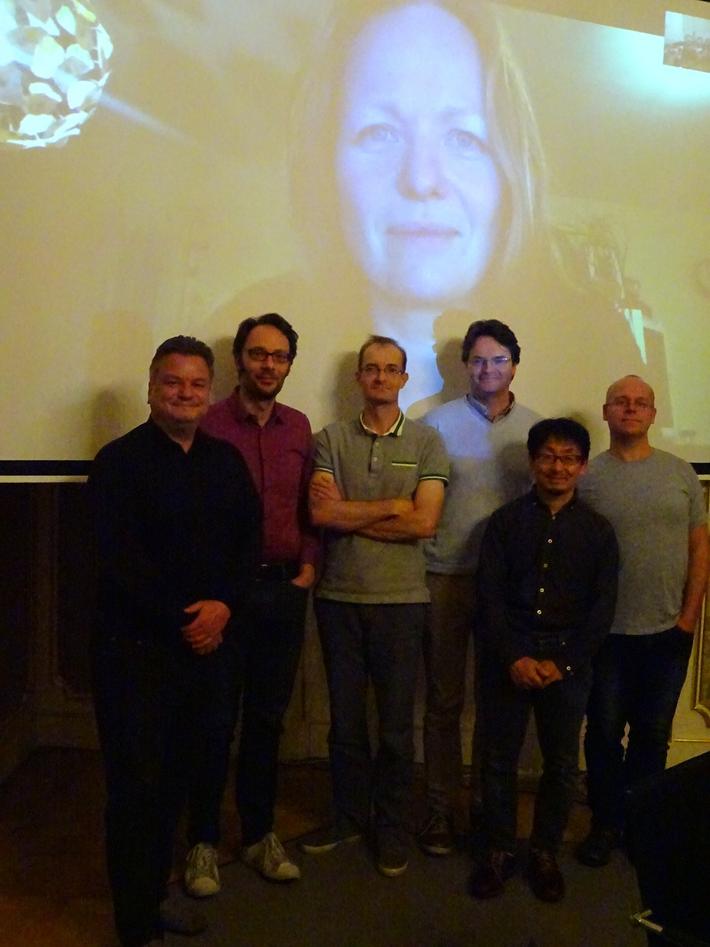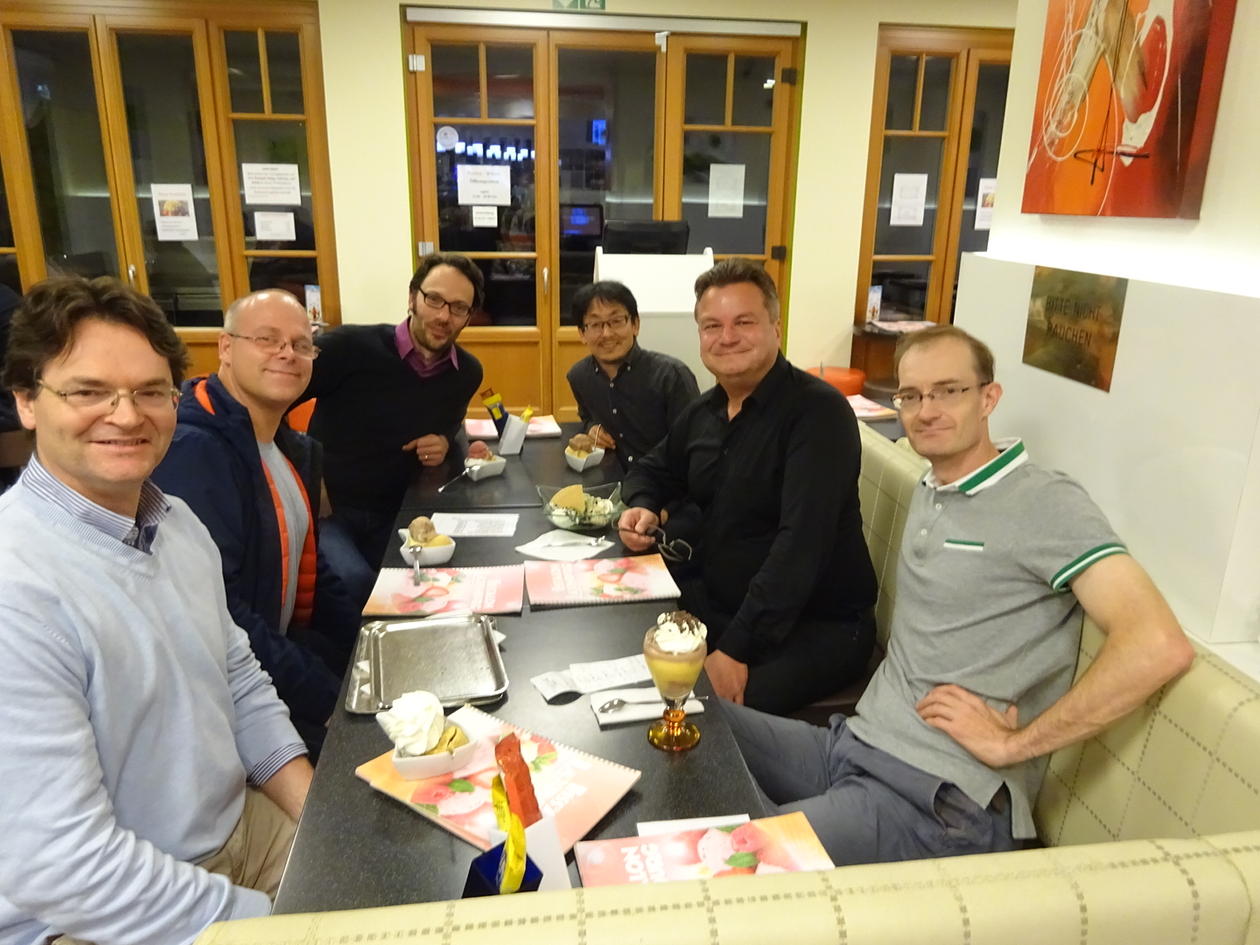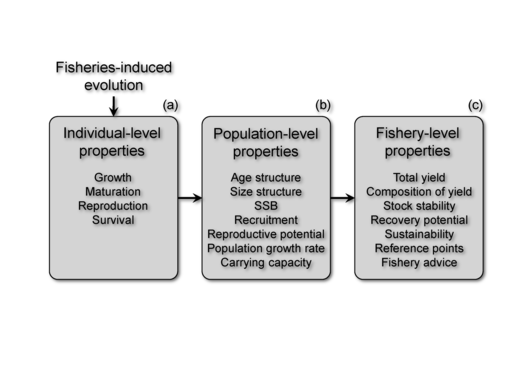WGEVO is mapping the strength of fisheries-induced selection
The ICES Working Group on Fisheries-Induced Evolution (WGEVO) met at IIASA, Austria, to continue with the project mapping the strength of fisheries-induced selection on life-history traits.

Main content
Working Group on Fisheries-Induced Evolution (WGEVO) is an ICES working group that works on all aspects of fisheries-induced evolution: documenting trends in wild fish stocks, developing models, and discussing its management implications. At the moment, the main project we are working on is to map the strength of fisheries-induced selection on life-history traits. The approach is based on parameterizing an age-structured life-history model, including parameters that describe exploitation pressure, to a large number of specific stocks, both in marine and freshwater biomes.
This year the official, annual WGEVO meeting was arranged at the International Institute for Applied Systems Analysis (IIASA) in Laxenburg, Austria. The meeting was chaired by Bruno Ernande from Ifremer and hosted by Ulf Dieckmann from IIASA. We had seven participants from Europe and Asia, including one who joined through teleconferencing (see the small photo to the right). IIASA offers above-average meeting facilities in a former Habsburg castle, and despite the gloomy autumn weather, an open ice-cream parlour (see the small photo to the bottom right).
So far we have finished parameterizing the model for more than 40 stocks. The results until now do not point to important differences between the marine and freshwater biomes. However, selection pressures differs between the traits, with growth and some aspect of maturation being under relatively strong selection, whereas other aspects of maturation and reproductive investment are under weaker selection.



